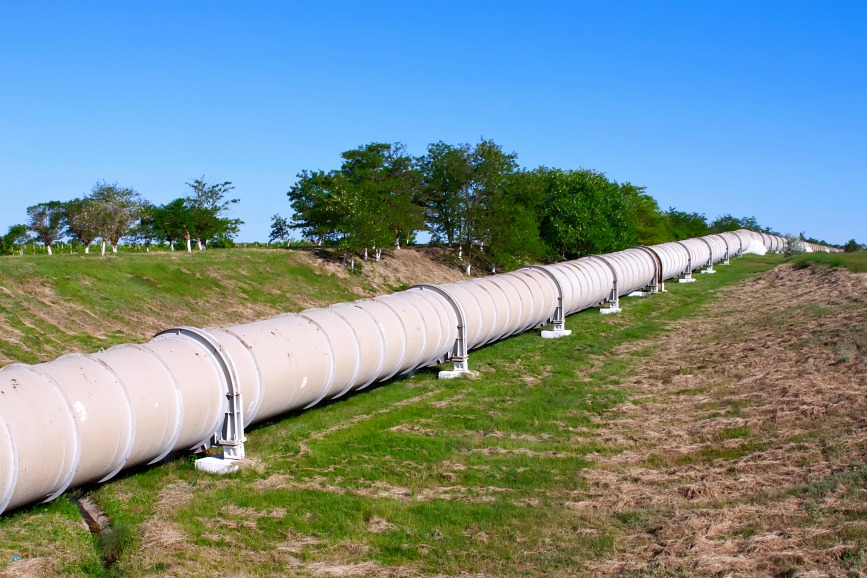Natural Gas Infrastructure
What is it?
Natural gas infrastructure refers to the pipelines used to gather, transport and distribute natural gas from producing wells to end-use consumers. It also includes the facilities used in transportation, like compression and metering stations, storage services and the natural gas processing facilities.
Key Infrastructure Components:
- Gathering pipelines/systems: Small diameter pipelines that “gather” produced gas from a number of wells and send it to either a gas processing facility or to a larger transporting pipeline.
- Processing facilities: Facilities where water and natural gas liquids (propane, butane, etc.) are removed from the raw gas stream in order to prepare the gas for transportation.
- Storage: Natural gas is stored underground in aquifers, depleted oil and gas fields, and in salt caverns. Gas storage allows supplies to be held and released to meet times of peak demand.
- Intra/Interstate Pipelines: Large diameter pipelines are used to transport gas from producing areas directly to large consumers (like power plants) and to local distribution companies.
The Shale Gas Revolution
The safe and responsible development of domestic natural gas has been, and increasingly will be, an important component of America’s energy supply and economic strength. Natural gas is a clean-burning, efficient, abundant and cost-effective fuel that offers the potential to significantly decrease air emissions and promote America’s energy security.
Since the beginning of 2005, natural gas production in the United States has increased 50 percent. EIA’s most recent projections, the 2016 Annual Energy Outlook, show a 55 percent increase in total natural gas production from 2015 to 2040. The United States has enough natural gas to sustain substantial increases in domestic consumption and support exports.
Why is Infrastructure Important?
A robust natural gas infrastructure is critical to ensuring reliable delivery of natural gas to consumers. The United States has the most extensive natural gas pipeline system in the world – more than 300,000 miles of major intrastate and interstate gas pipelines. The natural gas industry is progressing with infrastructure projects designed to both move natural gas from producing basins to meet growing market demand and to relieve pipeline constrained areas in the Northeast. As production and demand have grown, so too has additional pipeline capacity. Since 2007, the United States has added 142 billion cubic feet per day (Bcf/d) of pipeline capacity. By 2018, the United States is expected to add another 79 Bcf/d. To put this in perspective, approximately 1,000 cubic feet of natural gas is able to meet the natural gas needs of an average household for four days. Policies at both the state and federal levels that encourage and expedite these new projects are key to ensuring that gas supplies are reliable and meet consumer demand.

These pipeline projects not only induce economic benefits themselves, but also enable:
- Economic growth through increased use in domestic manufacturing
- Emission reductions through increased use in power generation
- Energy security through use in liquefied natural gas export
